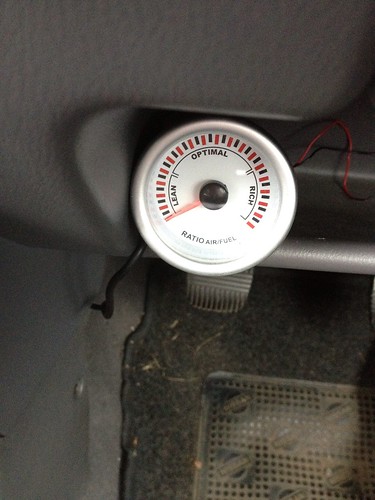pollyp
Club Member
last time i waited a month for parts were my janspeed manifold and bilstein streetline kit from rallynuts on seperate occasions and almost happened the 3rd time with the janspeed catback from rallynuts till i had enough n ordered from matt humphris and was delivered next day.
I'm desperately hoping that ordering direct from JE will be substantially quicker with whatevers the fastest courior option is. don't care how much extra it'll be now. after waiting a furious month, I'd fly over there to get it myself if i have to
to buy from JE would be bout £65 set of rings + £60 delivery + import tax customs, admin fee, courior, etc
I'm desperately hoping that ordering direct from JE will be substantially quicker with whatevers the fastest courior option is. don't care how much extra it'll be now. after waiting a furious month, I'd fly over there to get it myself if i have to
to buy from JE would be bout £65 set of rings + £60 delivery + import tax customs, admin fee, courior, etc



























